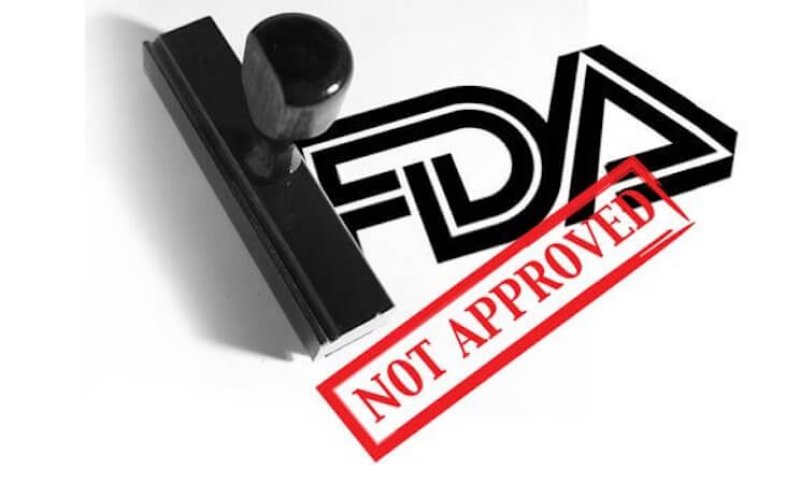“Years of research in the US and around the world show that GMO foods are just as safe to eat as non-GMO foods,” the agency said of biotech crops in a recent video. Scientists have for years made the same case in defense of GE animals, arguing that they don’t pose a unique risk just because they’ve been genetically engineered. But the FDA remains unimpressed and regulates animal biotech under the same rules that apply to veterinary drugs, making it prohibitively expensive and time consuming for researchers to breed genetically engineered animals for use as food.
The opportunity cost of this regulatory double standard is enormous. Not only has it forced some scientists to move their research out of the country, it has prevented farmers from using technologies that can improve animal welfare, cut antibiotic use, reduce pollution and ultimately offer consumers less expensive animal products. University of California, Davis animal geneticist Alison Van Eenennaam offered a particularly striking example in a recent five-part series for the GLP:
A GE cow designed to be resistant to Staphylococcus aureus mastitis was reported by public sector researchers with the USDA Agricultural Research Service (ARS) in 2005. Mastitis is a disease of the mammary gland and is estimated to cost the global dairy industry $19.7–$32 billion annually. And yet despite this disease burden, this GE cow was never commercialized.
The 30-year net present value of forgoing S. aureus mastitis-resistant dairy cattle was estimated to exceed $10 billion dollars for the United States and European Union, let alone the opportunity cost of diffusion to other major dairy producing countries such as India, and other non-monetary benefits such as improved animal health and welfare, and reduced antibiotic usage.
So how did we get here? On this episode of the Science Facts and Fallacies podcast, Van Eenennaam joins geneticist Kevin Folta and GLP editor Cameron English to discuss the messy history of America’s animal biotech rules, and what might be done to enact more sensible, science-based regulations.
Podcast: Play in new window | Download
Subscribe: RSS
- Part one: GE animals: While the federal government delays approvals, antibiotic use, animal suffering and food prices increase
- Part two: Viewpoint: ‘Regulatory creep’—How the FDA’s evolving rules hindered the introduction of gene-edited animals
- Part three: Regulation gone wrong: A critique of the FDA’s nonsensical animal gene-editing rules
- Part four: ‘Back to the future’: The case for returning to risk-based animal gene-editing regulations
- Part five: Can Biden USDA bring America’s animal gene-editing rules into the 21st century?
Subscribe to the Science Facts and Fallacies Podcast on iTunes and Spotify.
Alison Van Eenennaam is an extension specialist in animal biotechnology and genomics, Department of Animal Science, University of California, Davis. Follow her on Twitter @biobeef
Kevin M. Folta is a professor in the Horticultural Sciences Department at the University of Florida. Follow Professor Folta on Twitter @kevinfolta
Cameron J. English is the GLP’s managing editor. BIO. Follow him on Twitter @camjenglish































